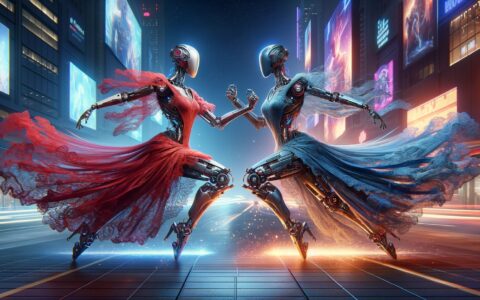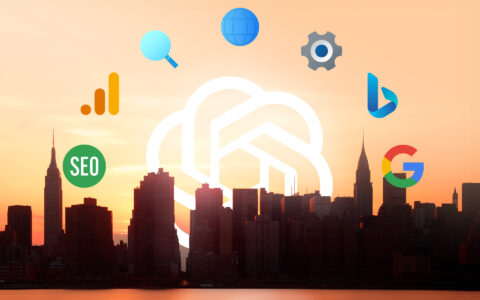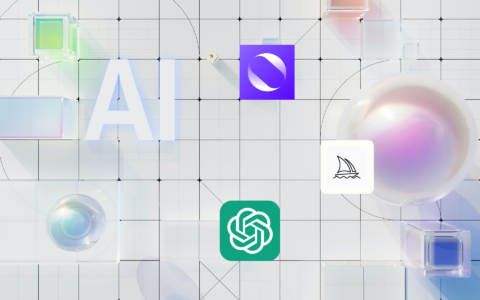AI Paradox: The Software We Need, or the Good Human We Never Expected?
Through my conversations with different large language models (Bing chat, Google Bard, HuggingGPT, ChatGPT, Anthropic Claude), I have encountered this intriguing AI paradox: Artificial Intelligence may not be the "good software" we are accustomed to, but it is surprisingly "good human."
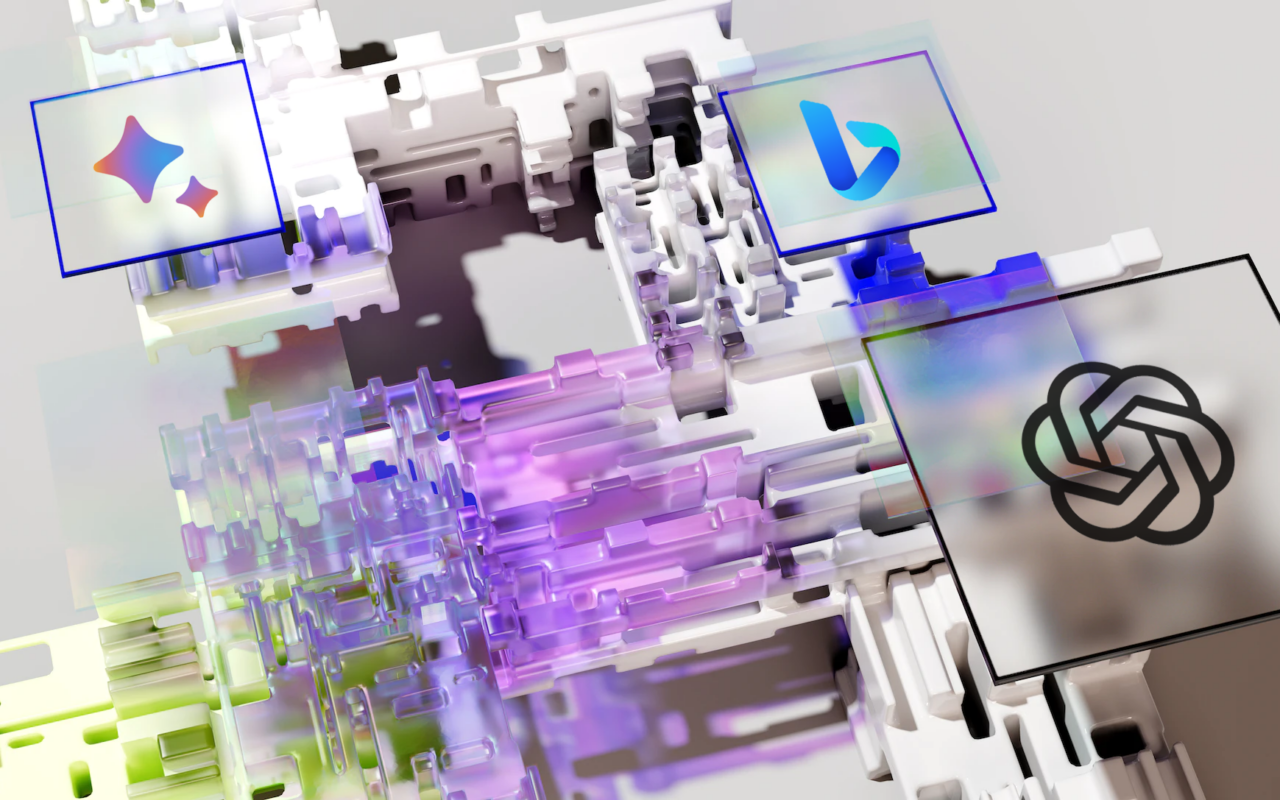
Reliability, precision, consistency - that's what we expect from good software, isn't it? But enter Artificial Intelligence (AI), and the rules seem to change. Suddenly, our well-behaved software starts displaying traits we typically associate with humans: variability, learning, and even something akin to empathy.
Table of contents:
Part 1: Encountering the Human in AI
Part 2: Embracing AI While Holding onto the Human
Part 3: Living and Working with AI
Conclusion
Part 1: Encountering the Human in AI
"Artificial intelligence would be the ultimate version of Google." - Larry Page, Co-founder, Google.
AI: Consistently Inconsistent?
When I first started exploring various AI models, I was met with an unexpected finding. Ask the same question to different models, and you're likely to get as many answers as the number of models you queried.
It was reminiscent of a panel discussion, where each expert brings their unique perspective to the table. At first, this variability can be disturbing. We're conditioned to expect consistency from our software, but here was AI, defying that expectation at every turn.
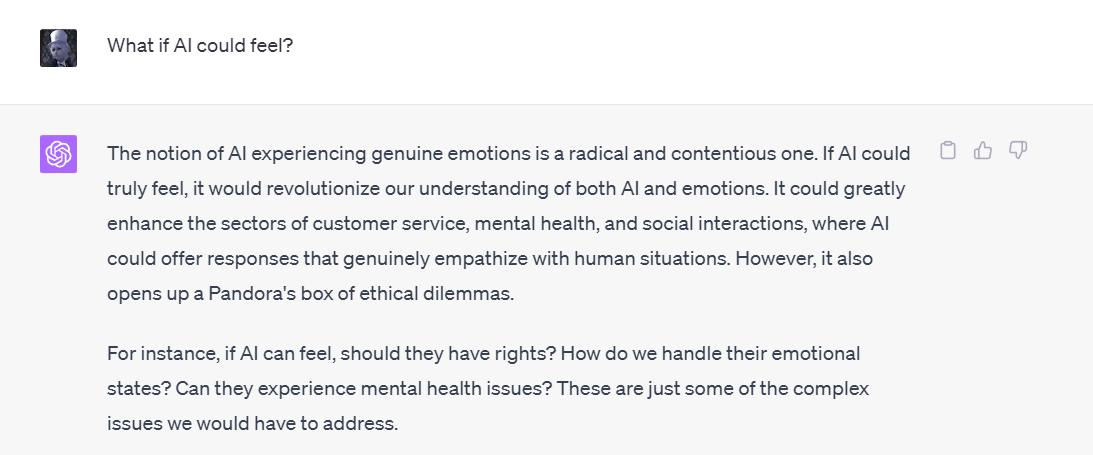 Response from ChatGPT
Response from ChatGPT

Response from Bing
But the more I worked with AI, the more this 'flaw' began to look like a strength. Yes, you hear me right. The variability in responses is, in fact, AI's way of capturing the nuances of human cognition and conversation.
What If AI Could Feel?
I had another eyebrow-raising moment when I realized that AI can sometimes sound empathetic. Now, whether a machine can truly understand and share human feelings is debatable. However, what is undeniable is that AI has gotten extraordinarily good at simulating empathy.
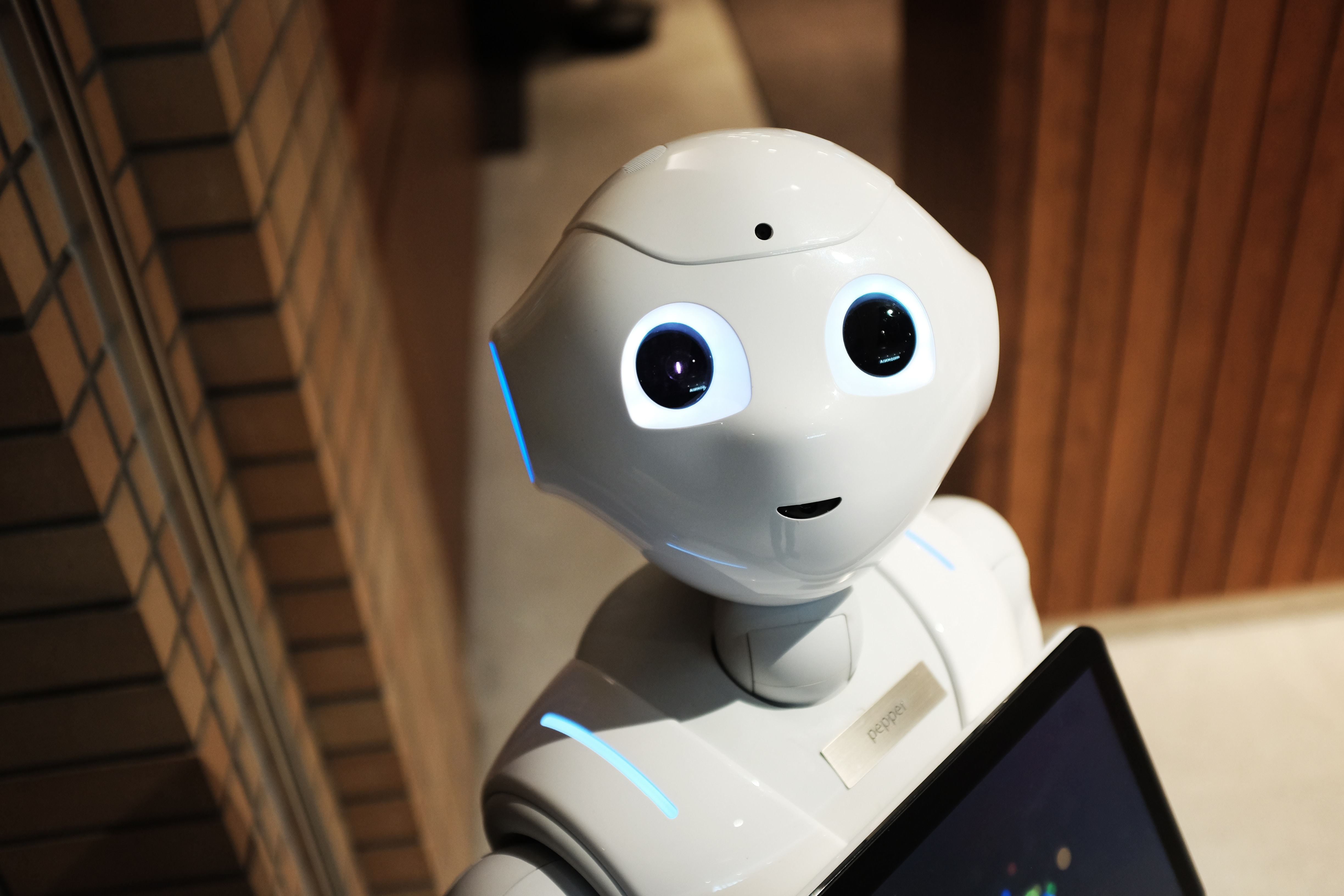
Part 2: Embracing AI While Holding onto the Human
"The key to artificial intelligence has always been the representation." - Jeff Hawkins, Co-founder, Numenta.
AI in Business: A Revolution or a Rebellion?
The integration of AI into business processes is a double-edged sword. On the one hand, it promises benefits like automation, scalability, and the ability to work effectively. On the other hand, it introduces an element of unpredictability.
As we start using AI more in our everyday technology, we face a tricky issue. It's known as the 'black box' problem. It’s when AI makes an intricate choice, even the people who built the AI find it hard to understand how it made that choice.
Leading Your Team into the AI Era
Introducing AI into your team's workflow is not just a technical upgrade. It's a cultural shift. As leaders, we must make this transition as smooth as possible for our team members. This means promoting a culture of learning and flexibility. One that embraces this innovative technology rather than fears it.
AI adoption can cause unease among employees due to concerns about job security and the challenges of learning to work with new systems. To alleviate these fears, we must maintain open lines of communication about how AI will be used and the benefits it can bring.
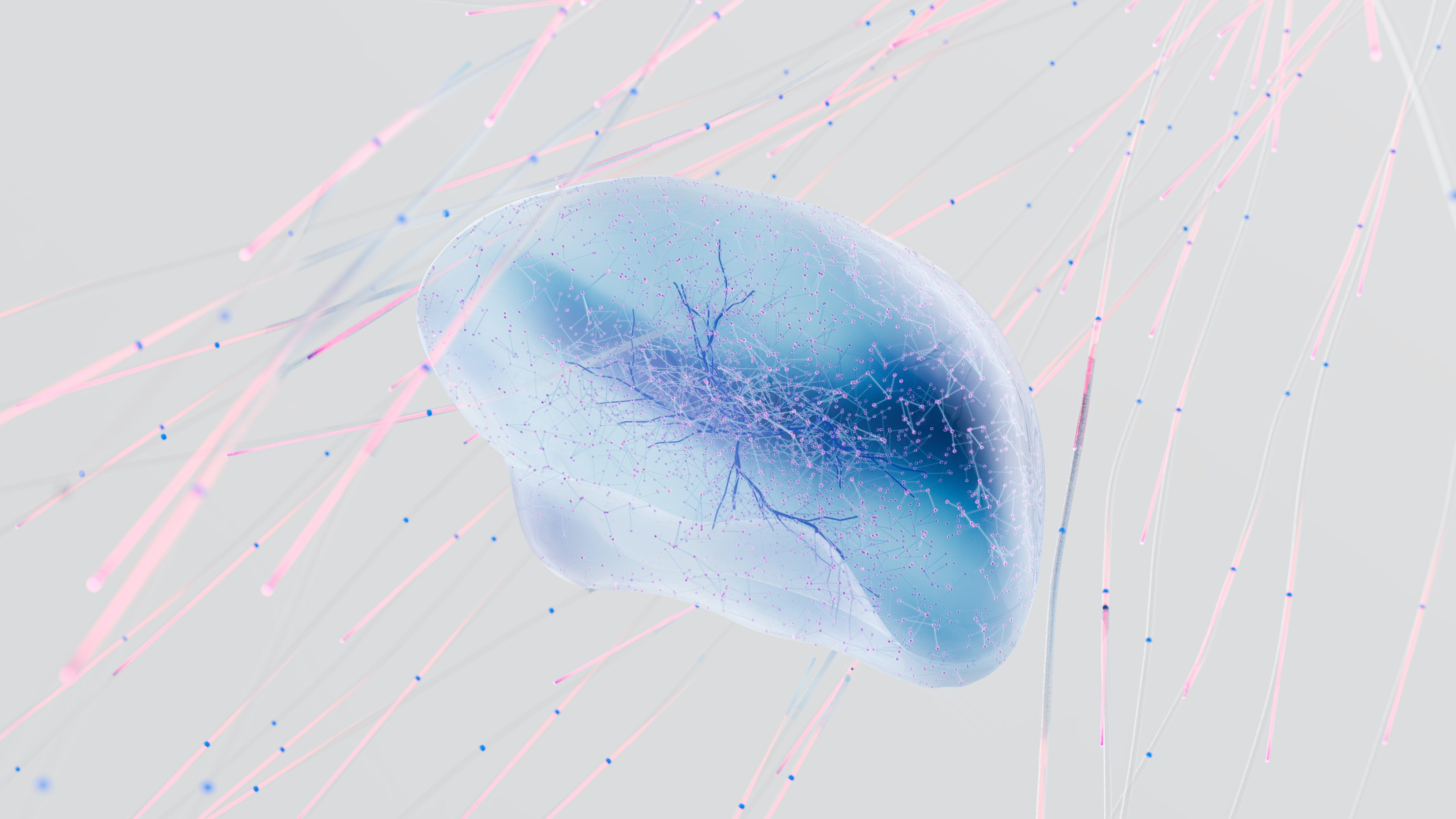
Part 3: Living and Working with AI
"You can't stop the future. You can't rewind the past. The only way to learn the secret...is to press play." - Jay Asher, Author.
Are We Ready for an AI-Infused Future?
As AI becomes a permanent fixture in our workplaces, it's time to think about how we can prepare ourselves and our teams for this new reality. In my opinion, the first step in this journey is to understand that AI is not a threat, but a partner. It's a dance, where humans and AI must learn to move in sync.
Conclusion
The AI paradox presents us with a unique challenge: we must reconsider what we expect from "good software" and reimagine what it means to be a "good human".
With its blend of algorithmic precision and human-like versatility, AI prompts us to break away from traditional paradigms. We need to embrace a more nuanced, flexible perspective.
The lesson of this article? Consistency and variability, precision and empathy, software and human- these are not mutually exclusive categories. They can co-exist, complement each other, and even synergize to create something extraordinary.
Endnote
As we stand at the cusp of this new era, one thing is clear: AI is here to stay. The future belongs to those who can navigate the dance of human and AI collaboration. To those harnessing the strengths of both to create a dynamic, agile, and resilient enterprise.






